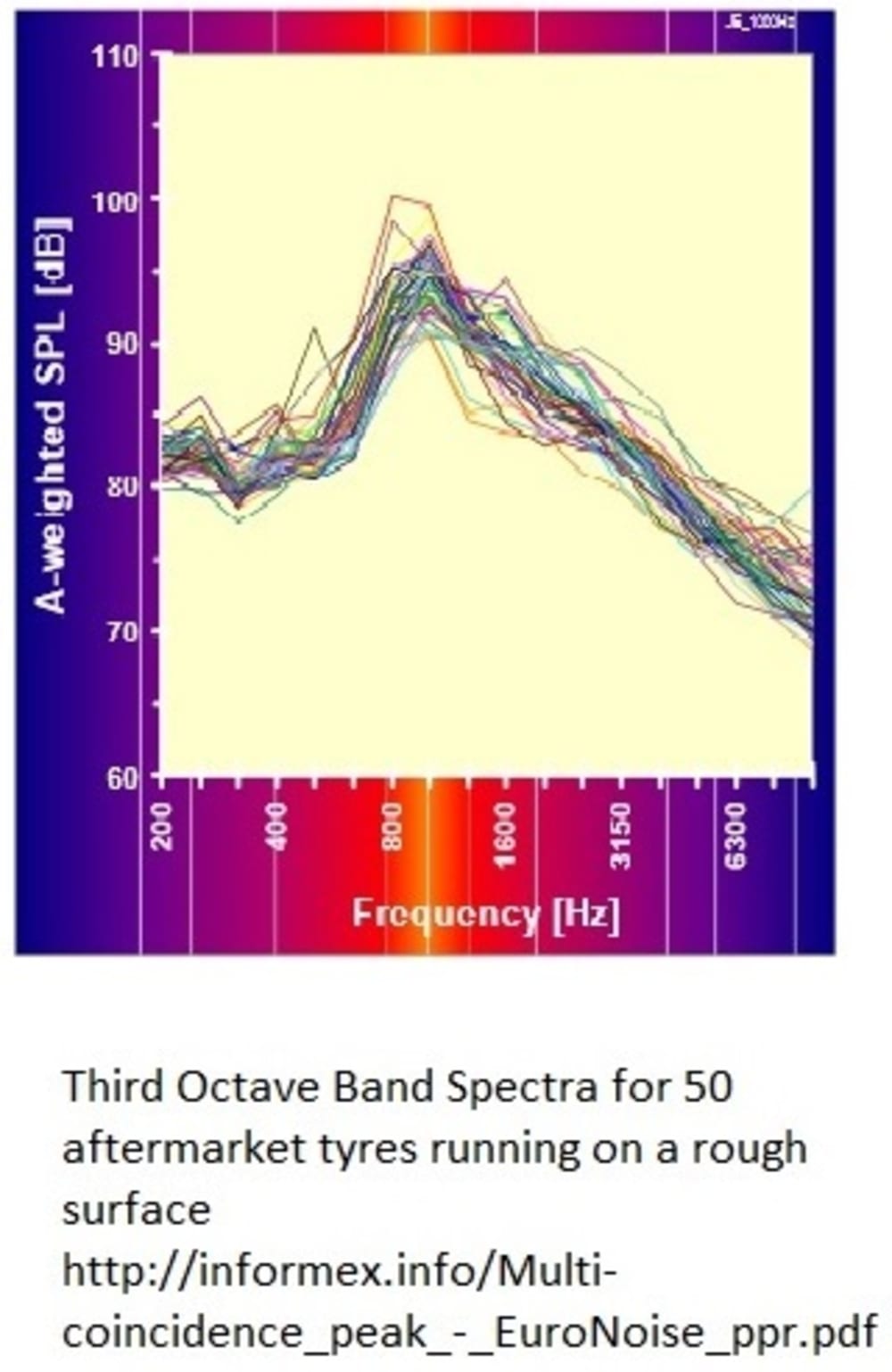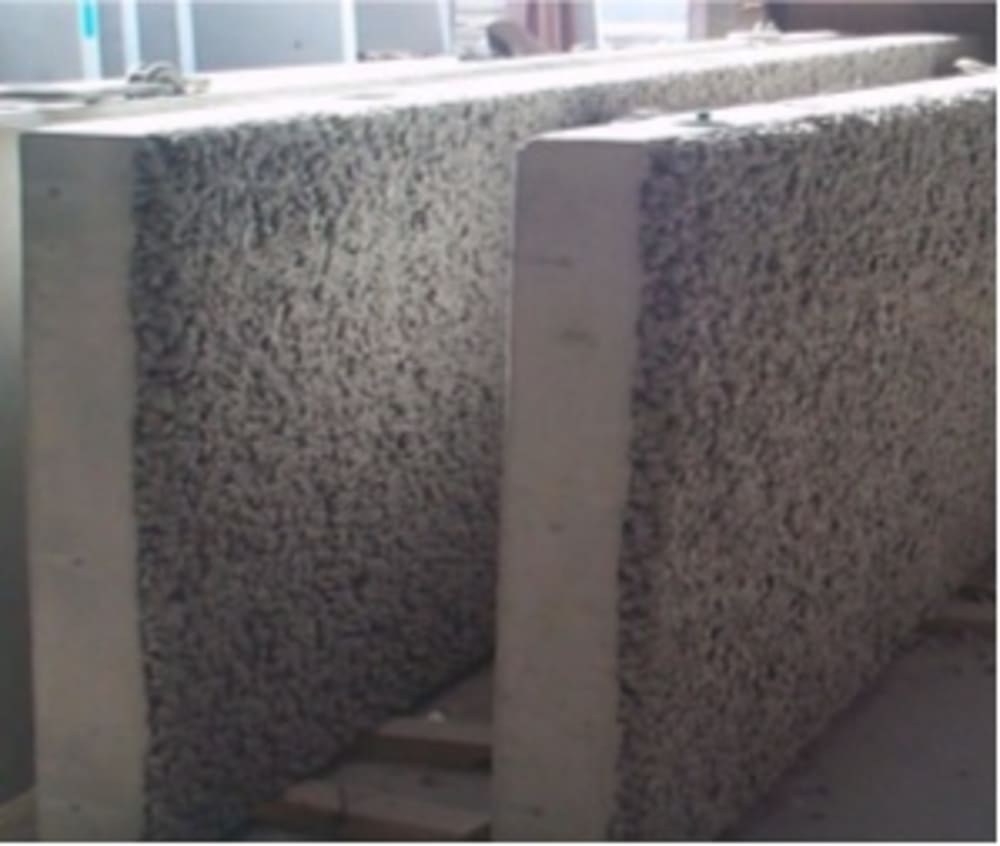Recycled Concrete Sound Barriers
Road traffic is the biggest source of noise pollution in the UK . The noise generated by traffic on urban motorways can be disturbing for the occupants of dwellings along the boundaries of the road reserve. Currently, in urban areas, reflective solid noise barriers or special absorptive barriers are used to reduce the problem.
The reflective barriers, which are the cheaper approach to the problem, are typically made of concrete or timber. These constitute the major proportion of the installed barriers. The disadvantage of such barriers is that sound waves can be reflected over the top of the barrier exacerbating the sound nuisance for dwellings on the uphill side of the motorway. Another drawback is the height of the barriers can restrict the view of the occupants near the motorway. An alternative, a more expensive approach, is to use especially designed and manufactured sound absorbing barriers, generally made of layers of specialised materials.
An alternative approach was developed to incorporate sound absorbency and reflectivity into the one barrier. Concrete made of recycled concrete products was utilised to take advantage of the increased porosity of such a material over that of normal concrete. This increased porosity provided sound absorbency, although not to the same levels as the specialised sound absorbing barriers.
A layered barrier system was developed, with a structural layer backing supporting a recycled concrete face. An option of an outer third layer was introduced to allow the use of architectural finishes. The structural layer acted as a reflective barrier and the recycled concrete layer absorbed sound. Impedance tube tests were performed on the recycled concrete mixes to measure sound absorbency. Trial full scale test panels have been built and tested in a sound chamber. An Australian Patent (Patent Application Number 47534/02, Title “A Sound Barrier”) has been granted to the inventors.
Peak traffic tyre noise frequencies lie in the band 400-2000 Hz . The Recycled Concrete Sound Barriers illustrate good sound absorption characteristics when compared with a plain concrete wall and a specialised barrier “Sound Trap” as shown in the table below.
Sound Absorbent type Sound Absorption Coefficient (?) for Frequency (Hz)
250 500 1000 2000
Concrete Wall 0.02 0.04 0.06 0.08
“Sound Trap” 0.6 >1 0.95 0.85
Three Layer Recycled Concrete Barrier 0.55 0.57 0.76 0.80
The cost of the Recycled Concrete Sound Barrier was a little less than that of the reflective solid concrete wall for a project bid and much less than that of the specialised sound absorbing barriers. There is the possibility of using barriers of lower height with this system, providing less sight obstruction for the local occupants.
Like this entry?
-
About the Entrant
- Name:Kerry Mcmanus
- Type of entry:teamTeam members:Assoc Prof Kerry J McManus
Dr Z Adam Krezel - Patent status:patented








